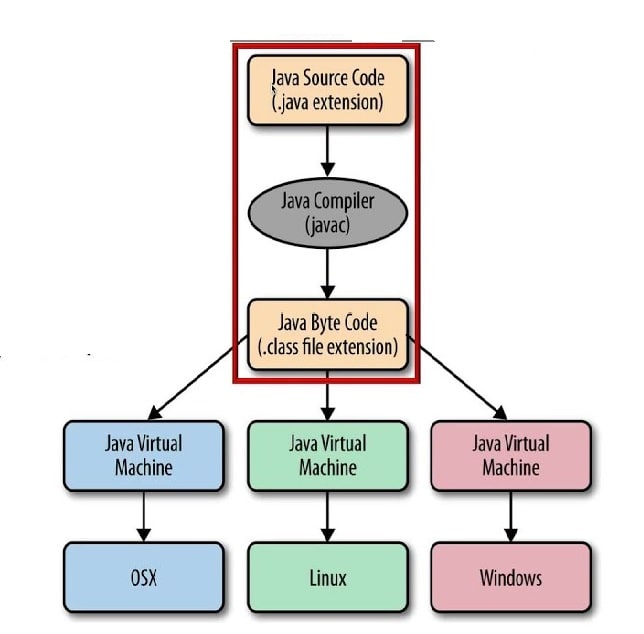Java Tutorial
Java is a high-level programming language that is widely used for developing various applications. It was first introduced by Sun Microsystems in 1995 and has since become one of the most popular programming languages in the world.
Audience
This tutorial is mainly checked by Numerous audiences, including students, developers, and programming enthusiasts. Students majoring in computer science or software engineering frequently take Java programming courses and make use of tutorials to solidify their knowledge of the language. Java project developers may also consult tutorials for advice on particular subjects or to pick up new skills. Java lessons can also help programmers who are interested in learning other programming languages or honing their existing skills. Overall, looking at these Java tutorials can be helpful for anyone interested in programming or creating software.
Prerequisites
Before starting with the Java tutorial, readers/users need to have a basic understanding of Java programming terminology. Users might choose this language if they want to master new programming skills in a short period.
Overview of Java
Java is platform-independent, which means it can run on any platform, including Windows, Linux, and Mac. This is because Java programs are compiled into bytecode, which is then interpreted by the target platform’s Java Virtual Machine (JVM).

Java is very well-known for its security capabilities. It is designed to be a secure language, with features such as automatic memory management and runtime type checking that aid in the prevention of security flaws such as buffer overflows and memory leaks.
One of Java’s distinguishing qualities is its extensive library and framework ecosystem. These libraries and frameworks offer a wide range of functionality to developers, including database connectivity, user interface design, and network programming.
History of Java
Java is a programming language that was created in the early 1990s by James Gosling and his colleagues at Sun Microsystems. The project was initially known as “Oak,” but it was eventually renamed Java.
A variety of things influenced Java’s development. Sun Microsystems was working on a project dubbed the Green Project at the time, which aimed to create a programming language for use in consumer devices. The Green Project’s purpose was to create a platform-independent language that could run on any device, regardless of the underlying technology.
To accomplish these objectives, Gosling and his team created a language based on C++ but with a simpler syntax and a more structured approach to programming. They also incorporated additional capabilities, such as garbage collection, to make the language more secure and user-friendly.
Java was initially made available to the public in 1995. It immediately became popular among developers, who praised its platform independence and simple syntax. Furthermore, the creation of the Java Virtual Machine (JVM) enabled Java programs to run on any platform that included a JVM.
Java is widely used in enterprise applications, such as customer relationship management (CRM), enterprise resource planning (ERP), and supply chain management (SCM). It is also utilized in the creation of online applications, mobile applications, and desktop applications.
Furthermore, Java has a large and active developer community that contributes to the development of the language and its ecosystem. This community offers assistance, courses, and tools to help developers learn and utilize Java.
In this, we have given a detailed description regarding the Overview and history of Java programming language. Check out other topics on our website tutorials.freshersnow.com for more concepts and deeper knowledge of the programming language.
Also Check
- Features of Java
- C++ Vs Java
- Hello Java Program
- Internal Details of Hello Java Program
- Explaining the Difference Between JDK, JRE, and JVM
- JVM (Java Virtual Machine) Architecture
- Java Variables
- Java Data Types
- Java Unicode System
- Java Operators
- Java Keywords
- Java Control Statements
- Java If-else Statement
- Java Switch Statement
- For Loop in Java
- While Loop in Java
- Do While Loop in Java
- Break Statement in Java
- Continue Statement in Java
- Java Comments
